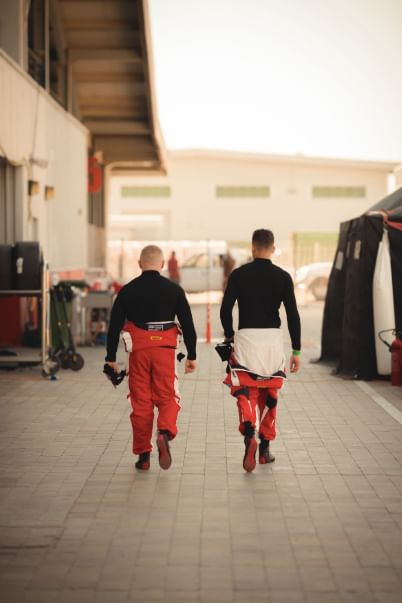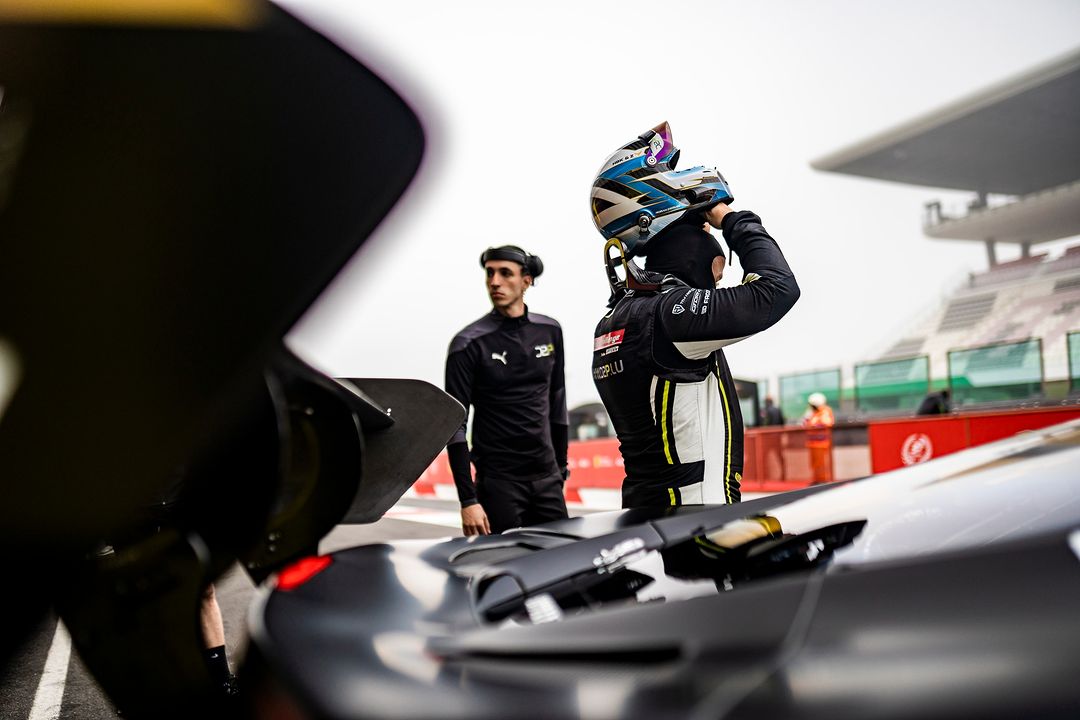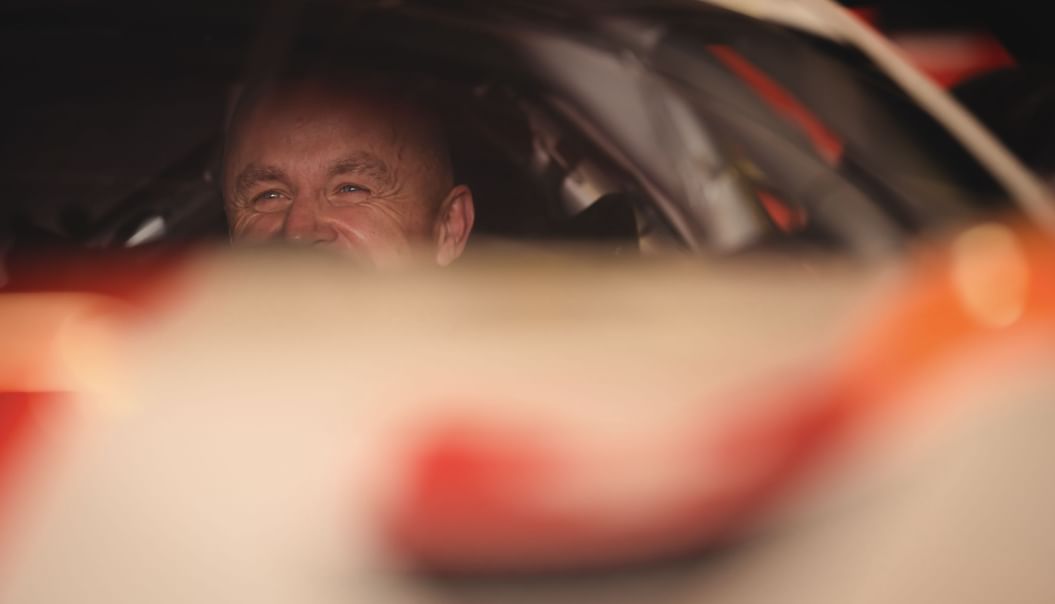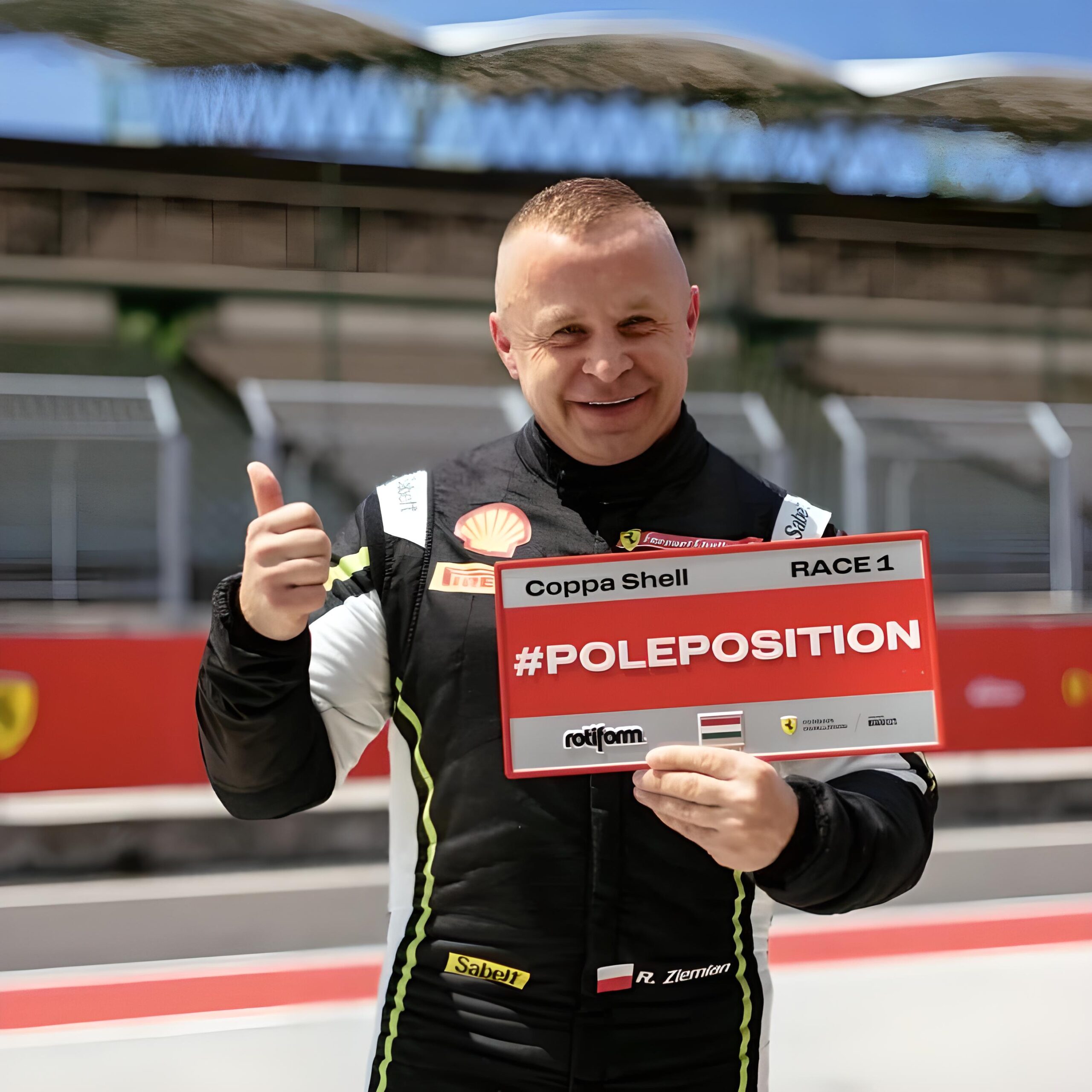Roman Ziemian, a Polish Formula 1 racecar driver, has not only made a name for himself on the racetrack but also in the world of philanthropy. Born on September 27, 1973, in Jelenia Góra, Poland, Roman’s journey from a life centered around music and corporate pursuits to motorsports and charitable work is nothing short of inspiring. In this article, we will delve into Roman Ziemian’s extraordinary career, his philanthropic initiatives, and the significant impact he’s having on the lives of underprivileged children.
From Corporate Success to the Racetrack
Roman Ziemian’s early life was marked by a passion for music and an unquenchable thirst for adventure. He initially pursued his dreams in music and, at the age of 19, left Poland to explore opportunities in Germany. Along the way, he gained valuable experience working with prominent German corporations such as BASF, SIEMENS, RAIFAISEN Bank, Skanska, and HEILT + Woerner. This experience honed his skills in managing diverse teams and navigating various cultures across Europe.
However, Roman’s ambitions did not stop there. His profound love for motorsports led him to race F1 and GT cars in various European competitions. In 2018, he took his passion for racing to the next level by establishing the motorsport team Racing and F1 Cooperation. This team now competes in prestigious events like the Lamborghini Super Trofeo and the GT4 European Series.
Racing with a Purpose
While Roman Ziemian has attained success both in the corporate world and on the racetrack, his true calling lies in philanthropy. He is wholeheartedly committed to assisting children in need, ensuring they receive the medical treatments they require, even when their families lack the financial means to access such care. Roman has selflessly donated to and supported countless parents and children, embodying his profound compassion and unwavering dedication to making a positive impact on the lives of these young individuals.
His mission is clear: to reach out to children worldwide who require medical attention but lack the financial means to access it. Roman tirelessly works to raise funds to provide these children with the treatment they need, offering them hope and the opportunity for a better future.
Racing for Ferrari
In recent years, Roman Ziemian’s name has become synonymous with Ferrari racing. As a Ferrari Challenge driver, he has enjoyed a remarkable career. His debut year in 2020 was marked by impressive performances, where he participated in three seasons, accumulating a total of 229 points. Although he has yet to secure a title, Roman’s journey in the Ferrari Challenge has been an exhilarating one.
His debut race at the Autodromo di Imola in 2020 saw him finish 5th in Race 1, a testament to his growing skills behind the wheel of a Ferrari 488 Challenge EVO and Corso Pilota. Roman has contested a total of 44 races, achieving an average points score of 6.94. In 2022, he participated in the Coppa Shell Europe, amassing 128 points with an incredible win percentage of 22.73%, securing 11 podium finishes.
Racing and Philanthropy: A Powerful Combination
Roman Ziemian’s commitment to philanthropy is deeply embedded in his racing career. He comprehends the importance of utilizing his platform for positive change. In his own words, “For me, racing isn’t just about crossing the finish line first; it’s about making a positive impact.”
Roman believes that aligning racing with philanthropy enhances his brand, sets him apart in the industry, and resonates with customers and partners who value businesses that make a difference. Engaging with the community and collaborating with nonprofits have expanded his network and opened doors to remarkable partnerships. He firmly believes that when racing intersects with social good, it inspires others to do the same, demonstrating that passion and purpose can drive positive change.
Conclusion
Roman Ziemian’s journey from a small town in Poland to the world of Formula 1 racing and philanthropy is a story of determination, compassion, and unwavering dedication. His efforts to provide medical treatments to children in need and his impressive career on the racetrack illustrate how passion and purpose can be a driving force for positive change. As Roman continues to make strides in the world of racing and philanthropy, he serves as an inspiration to all, reminding us that success is not solely about personal achievements but also about making the world a better place for those in need. Together, we can create a better world, one race at a time.









